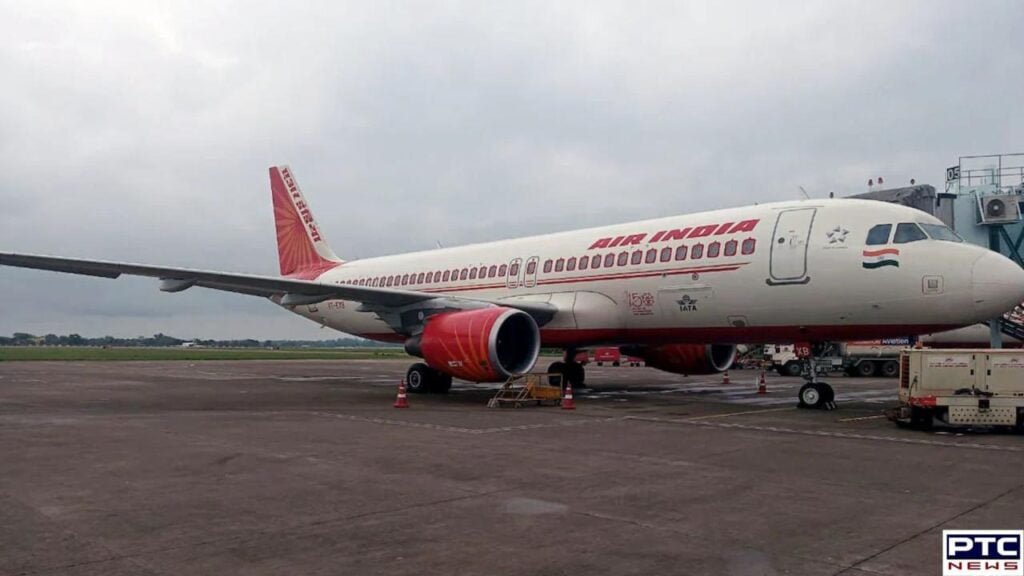Table of Contents
An emergency was declared at Thiruvananthapuram Airport on August 21, 2024, after a bomb threat was reported on an Air India flight. The situation led to heightened security measures and significant disruptions, capturing national attention. This article explores the details of the incident, the response by authorities, and the broader implications for air travel security in India.
Details of the Incident
The bomb threat was reported on an Air India flight bound for Thiruvananthapuram, one of the busiest airports in Kerala. According to initial reports, the threat was received shortly after the flight took off, leading to immediate concerns about the safety of the passengers and crew on board.

The flight was promptly diverted to Thiruvananthapuram, where an emergency was declared. The airport authorities, in coordination with security agencies, initiated a full-scale emergency response, which included isolating the aircraft and conducting a thorough search.
Immediate Response and Security Measures
The response to the bomb threat was swift and coordinated. As soon as the threat was communicated, the pilot alerted air traffic control at Thiruvananthapuram Airport. An emergency landing was arranged, and the aircraft was directed to a secure area away from the main terminal.

Upon landing, the passengers were evacuated quickly and safely, while a bomb disposal squad was called in to inspect the aircraft. The airport was placed under a high-security alert, with additional personnel deployed to manage the situation.
Security teams, including the Central Industrial Security Force (CISF) and local police, were involved in the operation. The entire airport perimeter was secured, and all incoming and outgoing flights were temporarily halted until the situation was under control.
Passenger Experience During the Emergency
The passengers on board the Air India flight were understandably shaken by the incident. Many described feeling anxious and fearful as the aircraft was diverted and emergency protocols were initiated. Despite the tension, the cabin crew and pilots managed the situation calmly, ensuring that all passengers were safely evacuated upon landing.

Some passengers took to social media to share their experiences, praising the professionalism of the crew and the prompt response by the authorities. However, there was also concern about the disruption caused by the incident, as several flights were delayed or canceled, affecting travelers at the airport.
Authorities’ Investigation and Actions
Following the safe evacuation of passengers, a thorough investigation was launched to determine the origin of the bomb threat. The bomb disposal squad, after conducting a detailed search of the aircraft, confirmed that no explosives were found on board. The threat was later deemed a hoax, but authorities emphasized the importance of treating such threats with the utmost seriousness.

The investigation is ongoing, with authorities working to trace the source of the threat and determine whether any legal action can be taken against those responsible. The incident has also prompted a review of security measures at Thiruvananthapuram Airport and other airports across the country.
Past Incidents and Air Travel Security
This bomb threat is not an isolated incident in India’s aviation history. There have been several similar occurrences in the past, where hoax threats led to emergency landings and extensive security checks. These incidents have raised concerns about the vulnerability of air travel to such threats and the need for robust security protocols.
In response to previous incidents, the Directorate General of Civil Aviation (DGCA) has implemented stringent security guidelines for airlines and airports. However, this latest threat highlights the ongoing challenges faced by security agencies in ensuring the safety of passengers and aircraft.
Public and Media Reactions
The bomb threat and subsequent emergency at Thiruvananthapuram Airport garnered significant media attention, with news outlets across the country covering the story extensively. Public reaction was mixed, with some expressing relief that the threat was a hoax, while others raised concerns about the potential dangers of air travel.
Social media was abuzz with updates and opinions, with many commending the swift response of the authorities and the professionalism of the Air India crew. However, there were also calls for stronger measures to prevent such threats from occurring in the future.
Conclusion
The bomb threat on the Air India flight to Thiruvananthapuram serves as a stark reminder of the challenges faced by the aviation industry in ensuring passenger safety. While the incident ended without any casualties, it has once again highlighted the need for continued vigilance and robust security measures in air travel.
As the investigation continues, it is crucial that authorities identify those responsible for the threat and take appropriate action. Meanwhile, travelers are urged to remain calm and cooperate with security procedures, understanding that such measures are in place to protect their safety.
Sources: Times of India, Hindustan Times
For Latest News Update Click Here
